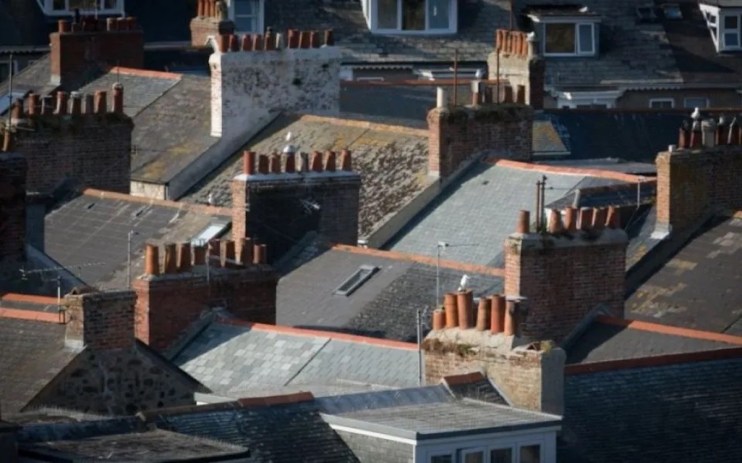House prices rise for the first time in seven months but analysts still expect a rough ride

The housing market showed “tentative” signs of recovery in April as the price of homes rose 0.5 per cent during the month, however prices remain four per cent below their August 2022 peak.
The Nationwide house price index showed that the annual rate of house price growth improved to -2.7 per cent from -3.1 per cent in March, as buyers remain cautious about their financial position due to rising inflation.
The average price of a home in April is now £260k up slightly from £257k as the market continues to stabilise following the fall out from September mini budget.
As inflation remains above 10 per cent, Robert Gardner, Nationwide’s chief economist, said that analysts’ expectations that it could fall in the second half of the year would likely further bolster sentiment, especially if the labour market conditions “remain strong”.
He explained: “This, in turn, would also be likely to support a modest recovery in housing market activity.
“But any upturn is likely to remain fairly pedestrian, as it will take time for household finances to recover, since average earnings have been failing to keep pace with inflation, and by a wide margin over the last few years.”
House prices stabilise as Easter buyers emerge
Matt Thompson, head of sales at Chestertons, said: “Savvy house hunters used the Easter holidays to continue their search online and enquire about properties to arrange a viewing as soon as possible.
“April has therefore been a busy month; particularly as buyers are a lot more aware of today’s competitive market conditions. As a result, most buyers have also been preparing their paperwork as much as they could in order to make an offer and secure a property before the summer.”
Mark Harris, chief executive of mortgage broker SPF Private Clients, added: ‘Average property prices fell again in April but not as far as in March as the spring market gets into gear and buyers and sellers start to see an end in sight with regard to high inflation and interest rates.
“Swap rates, which underpin the pricing of fixed-rate mortgages, have risen again on the back of short-term volatility. However, lenders continue to reduce their fixed rates, albeit at a slower pace than before, with bigger reductions seen on higher loan-to-value mortgages as they try to attract first-time buyers.”